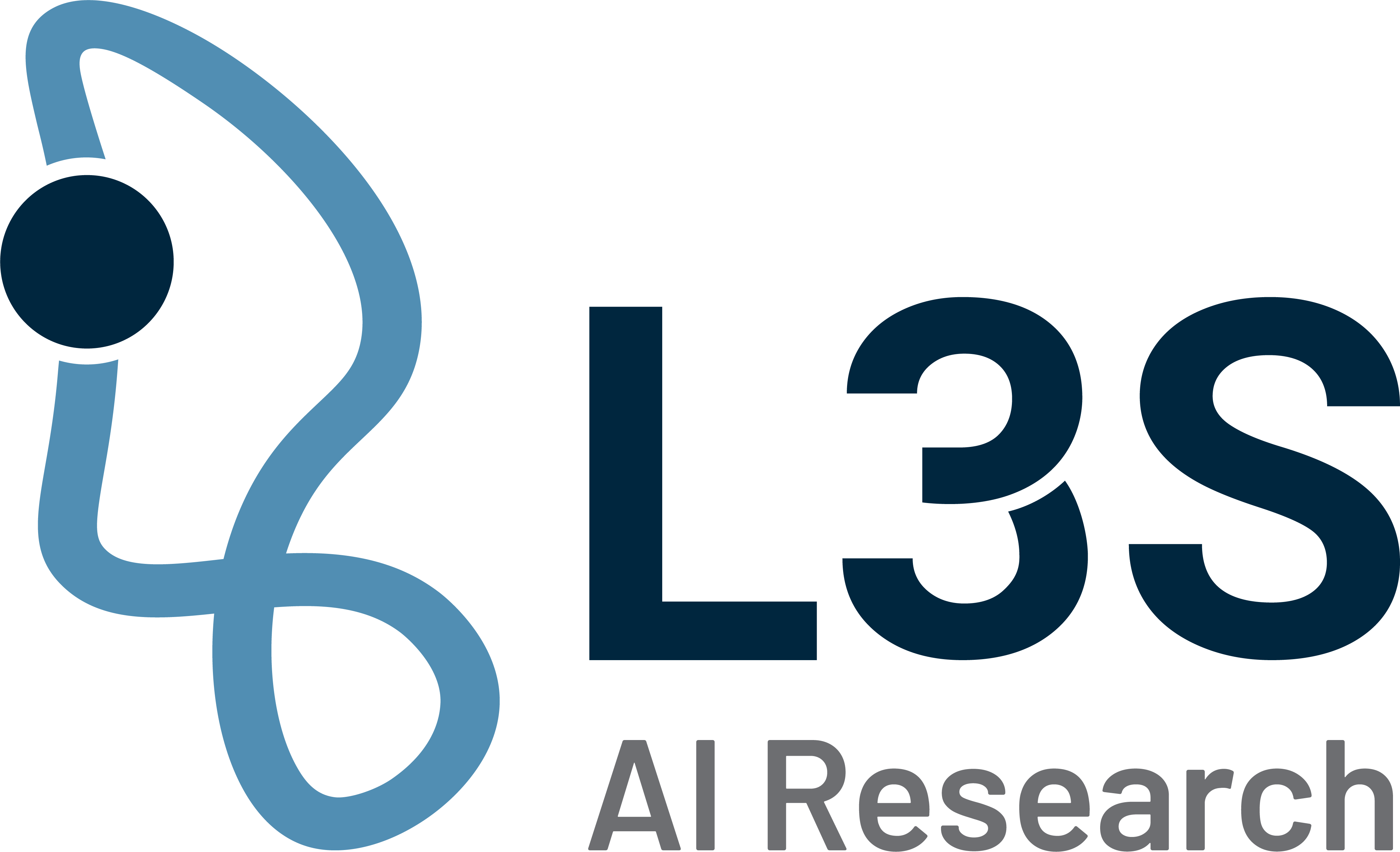
Thomas Hahn is Chief Software Expert at Siemens and President of the Big Data Value Association (BDVA), Photo: Siemens AG
Six Questions to Thomas Hahn, President of BDVA
What are the goals of the BDVA and what is your own role in them?
The Big Data Value Association (BDVA) is building a European innovation ecosystem with the following objectives: firstly, to support the digital transformation in and for Europe based on data analysis (“Big Data“) and artificial intelligence (“AI”); secondly, to generate the highest possible economic and societal benefit (“Value“); and thirdly, to support Europe’s path to becoming a leader in generating value from Big Data and AI technologies. For this reason, the BDVA cooperates with partners from industry and research, i.e. small and medium-sized enterprises (SMEs), start-ups, global corporations, research institutes and universities.
BDVA is currently establishing a joint partnership with Claire, Ellis, EurAI and euRobotics on the topics of artificial intelligence, data and robotics. We are driven by the following vision: We want to strengthen Europe’s competitiveness, increase social welfare and actively address environmental challenges. This is the only way we can be a global leader in the research, development and deployment of beneficial trusted AI, data and robotics – based on European fundamental rights, principles and values.
For me personally it is a great honour to be the president of the BDVA since the end of 2018 and to be able to implement this together with a very competent and committed team.
How does Siemens support the BDVA?
At Siemens, we are convinced that AI will have a lasting impact on the balance of power in the markets and value chains. We must maintain and expand our position in Europe. Europe can and must be the pacemaker for industrial AI – because domain knowledge is available in Europe, and here there is a strong network between SMEs, large companies, associations, research institutes and governments. It is therefore important for us to help develop the establishment of a European partnership on AI, data and robotics as a central hub. For Siemens, digitization and the generation of customer value from data using AI are absolutely relevant. It enables both us and our customers to develop new business opportunities. Siemens is a founding member of the BDVA and actively supports the goals of the BDVA – personally through me and through my colleagues.
Innovation through data-driven innovation and artificial intelligence is one of the core objectives of the BDVA. How do you see European companies positioned in these areas?
As soon as the applications start to take off – manufacturing industry, medical technology or mobility, to name but a few – we still hold a strong global position and are also the world market leader in many applications. Of course we must not rest on our laurels, but we should not hide behind our successes in Europe either. There is much talk about hyper scalers, their dominance in data-driven innovation and their supremacy. In the wide field of AI applications in the business-to-business (B2B) sector, much will be realized in the coming years. Comprehensive domain know-how and the experience of European companies will be required when it comes to improving established processes and procedures based on the analysis of data and AI. We should get involved here with vigour, join forces, focus and use our strengths in Europe. And in doing so, we must also address new business opportunities – and we can certainly learn a great deal from the experience gained in Silicon Valley, for example.
What are currently the most important initiatives of the BDVA, and how are you progressing here?
Currently, the most important initiative, in which I am also most involved, is to establish the new partnership on AI, data, robotics and embedded applications – in and for Europe and involving research, industry, SMEs and start-ups.
An important instrument of the BDVA are the European Innovation Spaces. Can you describe their tasks in more detail?
The development of specifications and the joint development of technologies are very important. But all this must be tested before they can be used productively. And this is where “Innovation Spaces” play a very important role. Their tasks are to test new technologies before they are used, to find new challenges and to influence other areas such as standardization – not forgetting that you also need regionally distributed contact partners. To this end, BDVA has established “European Data Innovation Spaces and Hubs” to promote the introduction of Big Data and AI-based innovations in all areas of European industry. Existing hubs can receive a “BDVA i-Space” label each year after an evaluation process based on a catalogue of criteria: The underlying criteria are infrastructure excellence, quality of services, projects and sectors, impact on the ecosystem and business model.
The L3S is one of these innovation spaces. How many more are there in Germany and in Europe, and what areas do they cover?
There are now a total of 15 Innovation Spaces spread across Europe, two of them in Germany. The complete list can be found at http://www.bdva.eu/node/1172. The Innovation Spaces cover a wide range of fields: Analysis of data with high-performance computing, research into the industrial application of big data, testing of big data applications, research and testing of AI methods, development of recommendations and strategies for business, politics and society, to name but a few. Every year, the BDVA sets out in search of new Innovation Spaces – the process for 2020 is currently underway: http://bdva.eu/node/1466 . The L3S Innovation Space is a very strong, competent and highly appreciated partner in the team of Innovation Spaces of BDVA!
Thomas Hahn, thank you very much for the interview!
Interview: Prof. Dr. Wolfgang Nejdl, L3S


